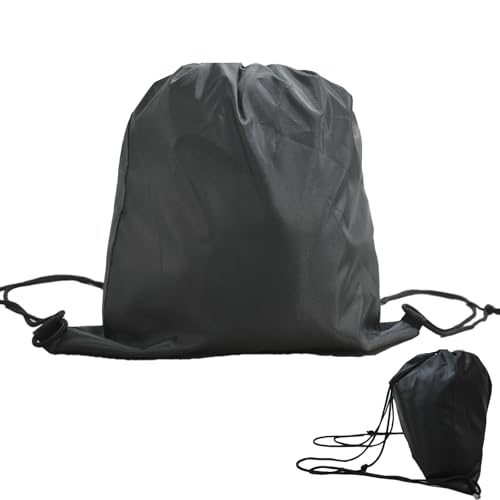Plane will fly!
Thrust from engines acts on the air mass surrounding the plane, not on the treadmill, so the treadmill and wheels are basically a
frictionless surface under the plane. The air mass is the reference frame or coordinate against which to assess the action of the plane. Note that a plane with stationary wheels (brakes "on" or chocked) would fly if the air (wind) speed reached sufficient level to generate enough lift, kinda like gliders lifting off the top of a mountain or sand dune. In this case it'd be like taking off on an ice covered runway.
Thrust will move the plane forward relative to the air mass, and will result in air flow over wings sufficient to lift off. This problem can be represented with a classic mechanical engineering force balance, where forward force is produced by jet engines, and reverse force is from aerodynamic drag which increases exponentially as speed (velocity in the air mass) increases. There is no appreciable drag from the wheels, either on a conventional runway or on this mythical reactive/speed matched runway. Net force forward is difference between thrust and drag (T-D).
Newton says F=ma or a=F/m or a=(T-D)/m where m is mass of the plane (which decreases slightly with expenditure of fuel). This defines the acceleration rate of the plane with respect to the air mass.
Next, Newton's equations of motion say V=at, where V is velocity, a acceleration and t is time. If you know what air speed is necessary for lift to exceed weight of the plane (Vliftoff), you can solve above to learn how long it will take to lift off, t=Vliftoff/a or
t=Vliftoff(m/(T-D)).
Finally, you can determine how far the plane will move before take off (assuming a stationary air mass). Newton again says S=1/2 a t**2, (S equals one half a times t squared) where S is distance traveled with respect to the reference frame coordinates. You can substitute the above expressions for time to liftoff and acceleration in here and learn how far the plane will travel to lift off. S=(Vliftoff**2)m/(2(T-D)).

































































